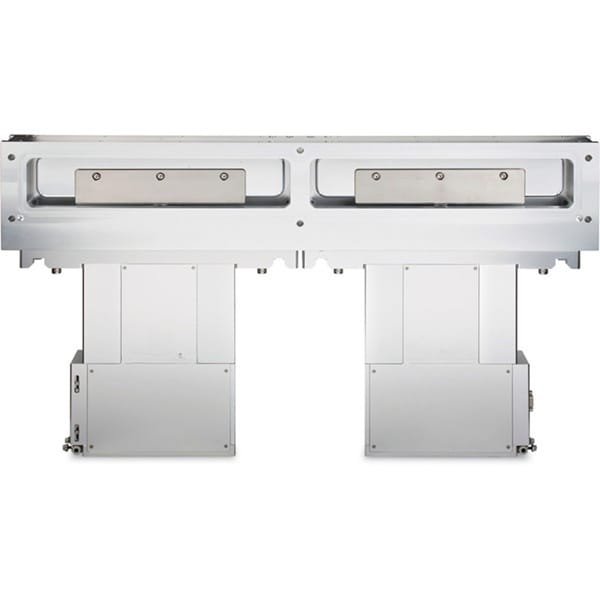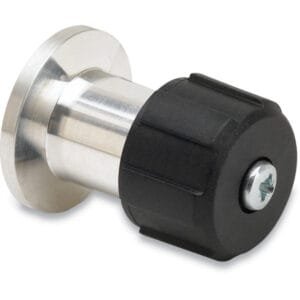Features
- Semi-standard applications: This product complies with several SEMI standards, including Semi E21-94, Semi E24-92, and Semi E21.1-1296, ensuring high performance in semiconductor manufacturing environments.
- Patented L-motion technology: The unique L-motion link and dual-shift design, which operates without springs in the actuator, delivers quicker and smoother movements while significantly reducing vibrations.
- Enhanced dust protection: The vacuum side of the bonnet flange is equipped with a dust seal, which effectively prevents particulate contamination from entering the bellows.
- Mechanical locking system: The valve is equipped with a mechanical lock, securing the gate in place at the end of travel, ensuring stability and preventing unintentional movement.
- Welded bellows actuator seal: The actuator comes with a welded bellows seal, which improves durability and provides a tight, reliable seal over time.
- Bolt retention design: The bonnet flange bolts feature retainers to prevent them from falling out during disassembly, enhancing safety and ease of maintenance.
- Dual rectangular housing: The valve features a double rectangular housing that allows the product to enter from one side and exit from the other, streamlining flow and reducing the chance of cross-contamination.
Options
- Custom sizes: Tailor-made sizes are available to meet specific application requirements.
- Variety of o-ring materials: Options for different o-ring compounds, such as Kalrez® and Chemraz®, are available to accommodate varying chemical resistance needs.
Specifications Table
| Temperature (°C) | Valve body: 150°C Valve actuator: 80°C |
| Pressure Range (torr) | 1 X 10-9 mbar-ATM |
| Differential Press (torr) | ≤ 1.2 bar in either direction |
| Material | Valve body, bonnet seal, gate: AL6061 Welded bellows: AM350 Valve actuator: SS 304, AL6061 |
| Seal Material | Fluorocarbon (option KALREZ, ETC) |
| Leak Rate (cc/sec) | <1 X 10-9 mbar. l/s |
| Cycles Until Service (approx.) | ≥ 2 million |
| Position Indicator | Honeywell: 11SM-244-T, JS-5 |
| Operation | Double acting |





Reviews
There are no reviews yet.